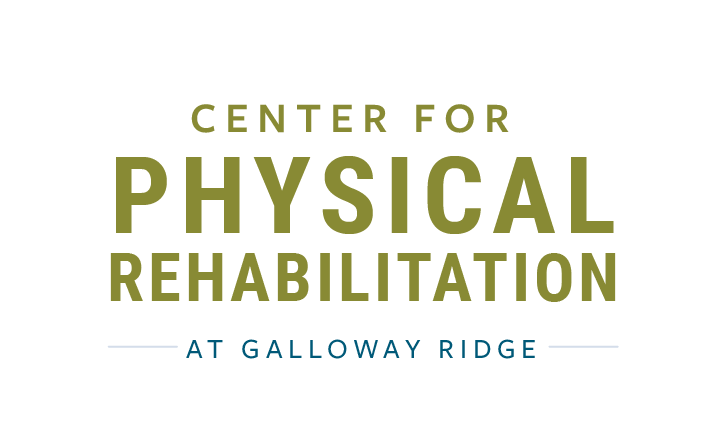Starting physical therapy can feel like stepping into the unknown—especially if it’s your first time.
Physical therapy is a personalized process designed to improve function, manage pain, and support recovery. Depending on your needs, your care plan may also include occupational therapy or speech therapy services.
Knowing how these therapies work and what role you play in your progress can set the stage for a more effective, rewarding experience. Likewise, having a clear idea of what to expect can ease uncertainty and help you get more out of the experience.
Here are five key things to keep in mind before your first physical therapy visit, so you can start strong and stay on track toward your goals.
1. Physical Therapy Is More Than Exercise
When most people think of physical therapy, they picture stretching, strengthening, or balance exercises. While those are important, they’re just one part of a much bigger picture.
At a comprehensive physical therapy clinic, treatment goes beyond movement routines to include a range of hands-on techniques and supportive strategies.
Depending on your needs, your sessions might involve manual therapy to improve joint or soft tissue mobility, targeted education to help you better understand your condition, or therapeutic modalities like heat, ice, or electrical stimulation to reduce pain and support healing.
Your therapist may also use tools like posture assessments, mobility screenings, or gait analysis to guide treatment decisions.
Most importantly, physical therapists look at how your entire body is functioning—not just the area where you’re feeling discomfort.
By understanding how different systems work together, they can deliver more personalized care that supports long-term physical improvement, not just short-term relief.
2. Your Goals Are at the Center of the Plan
Every person walks into physical therapy with a different set of needs, and your treatment plan should reflect that.
A high-quality physical therapy program starts with a conversation about your goals—whether that means managing daily pain, building strength before and after surgery, or improving coordination for safer movement.
Physical, occupational, and speech therapy services are all about function, so understanding what you want helps your therapist design a plan that’s relevant and realistic.
Maybe you want to walk more comfortably, return to work, or simply navigate stairs without fear—these details matter.
Throughout your therapy, your plan will continue to evolve based on your progress and feedback.
The more open you are about what’s working and what isn’t, the more your care team can adapt to meet your goals.
3. Progress Takes Time—Consistency Is Key
Physical therapy is a gradual process, and progress doesn’t usually happen overnight. It’s normal to have ups and downs along the way. Sticking with your plan is what leads to real improvement.
Regular attendance, following through with home exercises, and staying in communication with your therapist all play a role in reaching your goals.
Even small gains can add up over time as you are consistent. Trust the process, and give your body the time it needs to heal and adapt.
4. You Might Get Homework—And That’s a Good Thing
Most physical therapy plans include exercises to do at home between sessions. These aren’t just optional add-ons, they’re a key part of your progress.
Home exercises help reinforce what you’re working on during therapy and keep you moving forward between appointments.
Your therapist will tailor these movements to your ability level, making sure they’re safe and manageable.
Staying consistent with your at-home plan can speed up recovery and help you build long-term strength and mobility. A little effort each day goes a long way toward reaching your goals.
5. Communication Makes Everything Better
Clear, honest communication with your therapist can make a big difference in how effective your treatment is.
If something feels uncomfortable, confusing, or just isn’t working, speak up. Your care plan can be adjusted to better fit your needs.
The same goes for sharing wins or challenges you’re experiencing outside of therapy. Open dialogue helps your therapist provide more responsive, personalized care.
The more your therapist understands your experience, the better they can guide your progress and keep you on track toward your goals.
Conclusion
Starting physical therapy is a step toward feeling better, moving with confidence, and regaining independence. Knowing what to expect—from goal setting and hands-on care to the importance of consistency and communication—can make the process smoother and more rewarding.
Ready for a Healthier Lifestyle? Contact the Center for Physical Rehabilitation at Galloway Ridge Today!
At Galloway Ridge, we’re here to support you every step of the way with personalized care that fits your needs. If you have questions about physical, occupational, or speech therapy services—or you’re ready to schedule your first visit—we’re here to help you get started with confidence.
For more information about physical therapy, give us a call at (919) 545-2633. To learn more about how you can improve your health and lifestyle, check out our blog.

